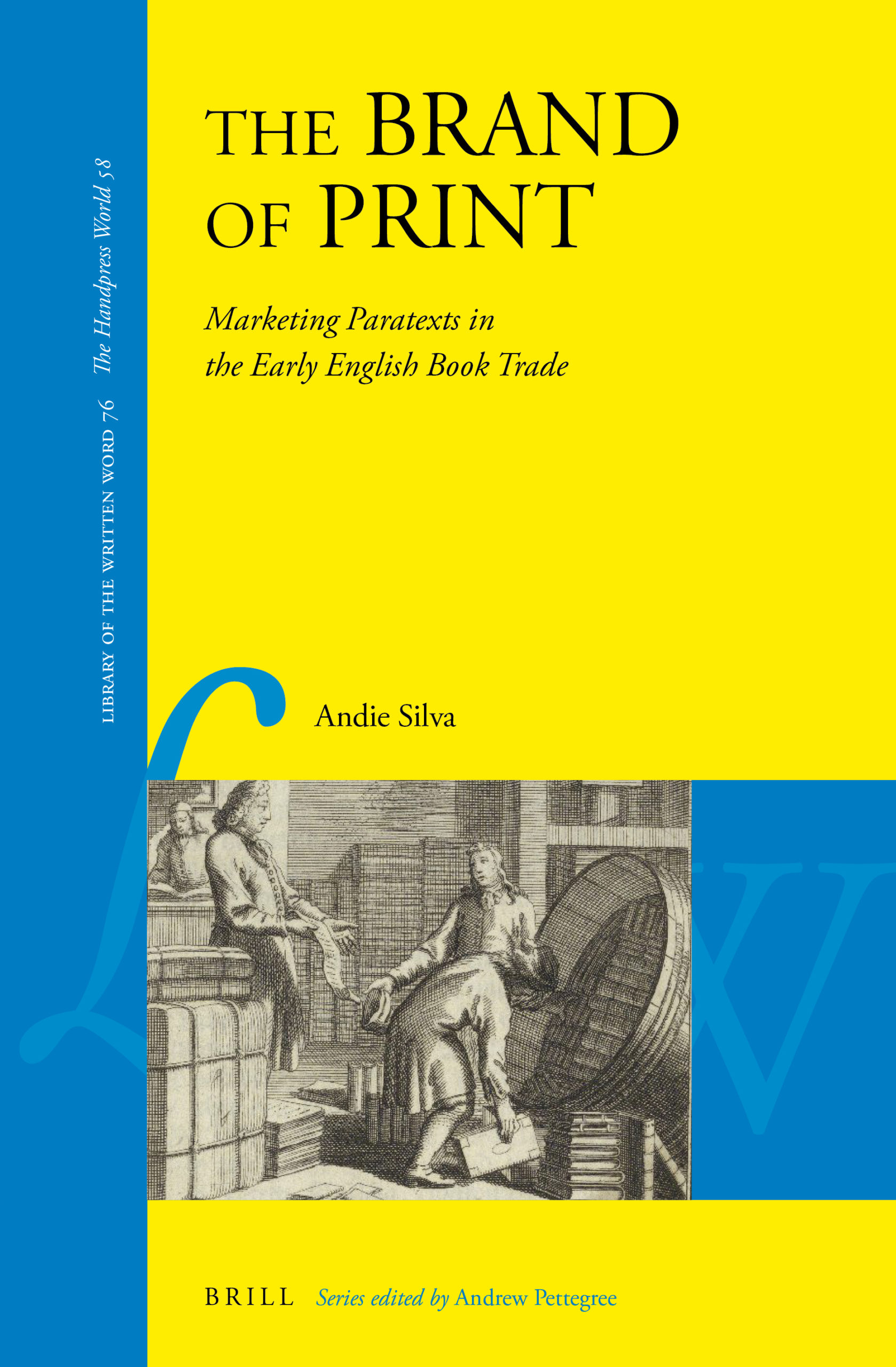This collective volume is the result of the work of a research seminar assembled in 2015, under the auspices of the Complutense University of Madrid (ucm), commemorating the fifth centenary of the death of the humanist and printer Aldus Manutius the Elder (c. 1450-1515). The overall objective of the text is to reexamine the impact of Manutius in Renaissance Spain by covering different areas and avoiding common places broadly accepted in the traditional historiography, such as the devotion, fame, and prestige around the paradigmatic yet idealized figure of Manutius the Elder.
Tag: Europe
Conference Review: SHARP 2022
Amsterdam’s background complemented the theme of the conference repeatedly, and history joined hands with the contemporary understanding of print culture. In my personal experience, the SHARP 2022 conference was a palimpsest of layers of research, history, and a wide range of enquiries; each layer separated by the keen interest and collaboration.
Mary Clapinson. A Brief History of the Bodleian Library (revised edition). Julia Walworth. Merton College Library.
Taken together, these two recent books provide a succinct – but very satisfying – description of two of the most famous libraries in the world. In both, the text is accompanied by many appropriate illustrations, virtually all of them in color. In what follows, I emphasize the earliest and most formative years of each institution.
Andie Silva, The Brand of Print: Marketing Paratexts in the Early English Book Trade.
*Disclaimer: the author of the book is the current editor of SHARP News, however she did not procure nor edit this review in any way.*
In a year where bookcase credibility has become a crucial part of academic life, with towers of texts teetering into every Zoom call, Andie Silva’s insistence on the book as cultural commodity in this thought-provoking and innovative monograph is particularly resonant. From the introduction, the originality of Silva’s work becomes apparent as she productively combines contemporary marketing theory and book history. Sidestepping the focus upon the author found in Erne and Kastan, Silva places our attention firmly on “print agents” – a capacious term which here includes printers, publishers, editors, translators, stationers, and book sellers. By exploring the actions of these print agents through marketing theory, this wide-ranging, perceptive book draws together both market choices and cultural value, convincingly and cogently linking the commercial and rhetorical characteristics of the early modern marketplace of books and ideas. Silva challenges the distinctions that often stymie early modern book history: between reading for profit and reading for pleasure, literary and non-literary texts, canonical woks and printed ephemera, manuscript and print.
Troy J. Bassett. The Rise and Fall of the Victorian Three-Volume Novel.
From its obscure beginnings as “one publisher’s calculated gamble” in 1821 to its becoming the format most favored by women authors (96), the Victorian three-volume novel was central to how books were written, marketed, and consumed from the 1840s until the end of the century. The first study to provide a comprehensive examination of the form “as a literary and economic product” (12), Bassett’s rich history takes us from its inception to demise through scrutiny of the organizations that published, circulated, and, ultimately, rejected it. Beyond giving a general economic and cultural history of the format, the book addresses gaps in previous scholarship relating to the form’s financial viability, its longevity, and the complex reasons behind its decline in the 1890s.





